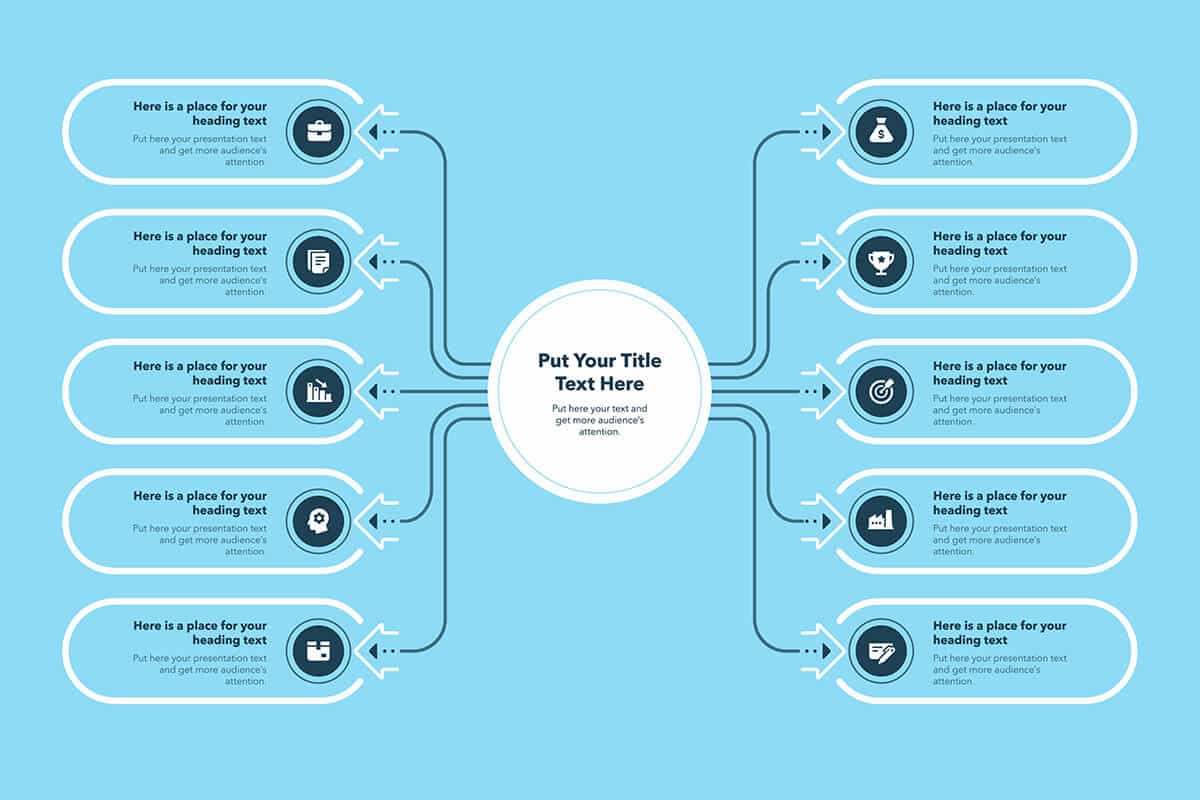Online search is rapidly changing. While traditional Search Engine Optimisation (SEO) has long focused on keywords, backlinks, and technical prowess to rank on static result pages, the advent of generative AI is ushering in a new era: Generative Engine Optimisation (GEO).
If you’ve observed AI-powered summaries, intelligent answers, or integrated chatbots emerging at the top of your search results, such as Google’s AI Overviews, Perplexity AI, or even direct interactions with tools like Gemini or ChatGPT, you’ve already experienced this shift. These AI models are no longer just indexing pages; they are understanding, synthesising, and generating new content based on what they find.
This fundamental change means that for your content to not just be found but truly utilised by these intelligent systems, you need to think differently. GEO is about making your content AI-friendly, ensuring it’s clear, credible, well-structured, and, critically, “citable” by the algorithms themselves.

Why Generative AI Demands a New Approach
Traditional SEO aimed to get users to click on your link. GEO, however, aims for something more profound: for the AI to understand your content so thoroughly that it can confidently use it as a source when generating its answers or summaries. Think of it less like a website ranking and more like your content becoming a trusted reference point in an intelligent conversation.
This is a subtle yet significant distinction. If an AI can directly answer a user’s query using information from your site—and ideally attribute it back to you—you’ve achieved a new level of visibility and authority.

The Pillars of Effective Generative Engine Optimisation (GEO)
So, how do you optimise this new paradigm? The process revolves around three fundamental principles: clarity, credibility, and structure.
1. Clarity: Speak Directly to the AI
AI models thrive on unambiguous, concise information. Unlike humans, who can infer meaning or tolerate ambiguity, AI needs things spelt out.
- Be Direct and Factual: Provide clear and concise information. When responding to a question, please provide the answer clearly and upfront. Avoid overly flowery language or long introductions before delivering key information.
- Define Terms: If you use technical jargon or specialised terms, define them in your content. This helps the AI understand the context and ensures its generated answers are accurate.
- Concise Summaries: Can a human quickly grasp the main points of your article? If so, an AI probably can too. Consider short, punchy paragraphs and clear topic sentences.
2. Credibility: Build Trust with Machines and Humans
AI systems are increasingly sophisticated at evaluating the trustworthiness of information. Just as human users seek credible sources, so too do the algorithms that power generative search.
- Accuracy is crucial: Not only will AI fail to cite incorrect information, but it could also result in penalties or user distrust. Verify your facts thoroughly.
- Cite Your Sources (Internally & Externally): If you reference data, studies, or other external information, link to the original source. This is crucial for both human verification and AI assessment of your content’s authority. Internally, link relevant pieces of your content to build topical authority.
- Authoritative Signals: Ensure your website has clear author bios (if applicable), contact information, and an “About Us” page. These signals help AI understand that your site is a legitimate and trustworthy entity. E-E-A-T (Experience, Expertise, Authoritativeness, Trustworthiness) remains as vital as ever, if not more so.
3. Structure: Guide the AI Through Your content
Well-structured content is a goldmine for generative AI. It allows the AI to easily identify key sections, extract specific information, and understand the hierarchical relationship between ideas.
- Logical Headings (H1, H2, H3, etc.): Use headings and subheadings to break down your content into logical, digestible chunks. These act as signposts for both humans and AI, clearly indicating what each section is about.
- Bullet Points and Numbered Lists: When presenting lists of information, steps, or features, use bullet points or numbered lists. These are incredibly easy for AI to parse and present in its own generated summaries.
- Schema Markup (Structured Data): While not new to SEO, structured data (like FAQ schemas, how-to schemas, and product schemas) becomes even more powerful in the GEO era. It explicitly tells search engines and AI models what your content is about and helps them display it in rich, interactive ways.
- Clear Introductions and Conclusions: A robust introduction should establish the context and delineate the content’s main points. A clear conclusion should summarise the key takeaways. This helps AI quickly understand the scope and core message.

The “Citation” Imperative: Getting Your Content Referenced
The ultimate goal of GEO is to have your content “cited” by the generative AI. This means the AI draws directly from your information to answer a user’s query, ideally attributing your site as the source (e.g., “According to [Your Website Name]…”).
To achieve this, focus on:
- Becoming the Definitive Source: Aim to be the most comprehensive, accurate, and clearly presented source for a particular topic.
- Answering Questions Directly: Many generative AI queries are question-based. Craft your content to directly and definitively answer common questions related to your niche.
- Anticipate AI Needs: Think about how an AI might summarise or extract information from your page. Are there clear, concise snippets that an AI could pull?
The Future is Generative
The shift to generative AI in search isn’t a passing trend; it’s the next evolution. By embracing the principles of generative engine optimisation – focusing on clarity, credibility, and meticulous structure – you’re not just preparing your content for the future; you’re positioning yourself to be a trusted, frequently “cited” authority in the new era of intelligent search. Begin your optimisation process now to guarantee that the generative engines hear, understand, and magnify your voice.



